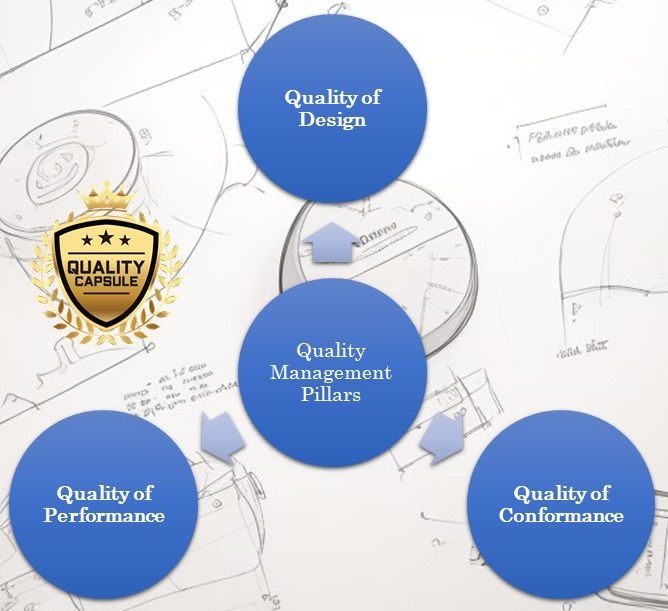Fostering Patient Safety and Accountability: Understanding and Implementing Just Culture in Healthcare
- islam Arid

- Feb 6, 2024
- 3 min read
Updated: May 15, 2024
Introduction:
In the ever-evolving landscape of healthcare, fostering a culture that prioritizes fairness, accountability, and continuous learning is paramount. Just Culture is not just a framework; it is a commitment to creating a safer environment for patients and staff. In this article, we will explore what Just Culture entails, its key features, the four pillars that support it, and the numerous benefits it brings to healthcare organizations. Additionally, we will outline the steps for successfully implementing Just Culture and provide a call to action for healthcare professionals.
Understanding Just Culture:
At its core, Just Culture is a commitment to responding to errors and incidents in healthcare with fairness, accountability, and a focus on continuous improvement. The overarching goal is to create an environment where patients receive high-quality care, and staff members feel supported in their roles.
Key Features of Just Culture:
Shared Accountability: One of the fundamental principles of Just Culture is the acknowledgment that safety responsibility extends from frontline workers to leadership. Every individual within the healthcare system plays a role in ensuring patient safety.
Open Communication: Encouraging open communication is crucial for the success of Just Culture. Incidents are reported without fear of retribution, fostering transparency and creating opportunities for learning from mistakes.
Focus on Systems: In a Just Culture, errors are viewed as indicators of systemic flaws rather than individual failings. This perspective prompts organizations to identify and address root causes, leading to systemic improvements and a reduction in future incidents.
Supportive Environment: Staff members who make mistakes are not met with punishment but rather with support and guidance for learning and improvement. This supportive approach enhances the overall culture of trust within the organization.
The Four Pillars of Just Culture:
Accountability: Everyone within the healthcare system, from frontline staff to senior leaders, is held accountable for patient safety. This ensures that responsibility is shared across all levels of the organization.
Fairness: Individuals are treated fairly when incidents occur, irrespective of their role or position. This fosters a culture of trust and ensures that consequences are proportionate and just.
Learning: Every incident, regardless of its nature, is seen as an opportunity to learn and improve the system. This commitment to learning contributes to a culture of continuous improvement.
Continuous Improvement: Just Culture emphasizes constantly improving the system to prevent future incidents. This proactive approach leads to a reduction in errors and adverse events.
Our courses :
Benefits of Just Culture:
Improved Patient Safety: By addressing systemic issues, Just Culture leads to fewer errors and adverse events, resulting in enhanced patient safety.
Reduced Costs: A Just Culture approach reduces the financial burden on healthcare organizations by minimizing rework, litigation, and staff turnover.
Enhanced Staff Morale: The supportive environment created by Just Culture increases trust, collaboration, and job satisfaction among staff members.
Higher Quality of Care: Just Culture promotes better decision-making and improved outcomes, ultimately contributing to a higher quality of care for patients.
Implementing Just Culture:
Leadership Commitment: Active championing of Just Culture principles by leadership is crucial for successful implementation.
Policy Development: Clear and consistent policies and procedures are essential for creating a framework that supports Just Culture.
Education and Training: Ensuring that staff members understand their roles and responsibilities is crucial for the effective adoption of Just Culture principles.
Open Reporting Systems: Creating an environment where incidents can be reported without fear of retribution is essential for gathering valuable data for improvement.
Analysis and Learning: Thoroughly investigating incidents, identifying root causes, and implementing corrective measures are essential steps in the continuous improvement cycle.
Call to Action:
Advocate for Just Culture: Promote the principles of Just Culture within your healthcare organization to create a safer and more supportive environment.
Embrace Learning: View mistakes as opportunities to learn and improve the system, contributing to a culture of continuous improvement.
Support Your Colleagues: Foster a culture of open communication and collaboration, providing support and guidance to colleagues who may encounter challenges.
Conclusion:
Just Culture is not just a concept; it is a transformative approach to healthcare that prioritizes fairness, accountability, and continuous learning. By embracing these principles, healthcare organizations can create an environment that not only improves patient safety but also enhances staff morale and the overall quality of care provided. As advocates for a Just Culture, healthcare professionals can contribute to a positive and proactive shift in the industry, ultimately benefiting both patients and those dedicated to their well-being.
























Comments